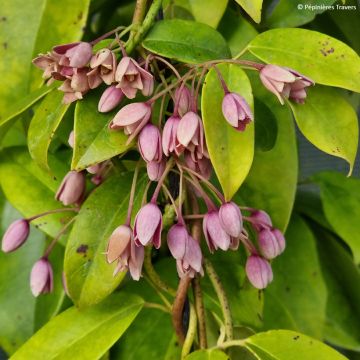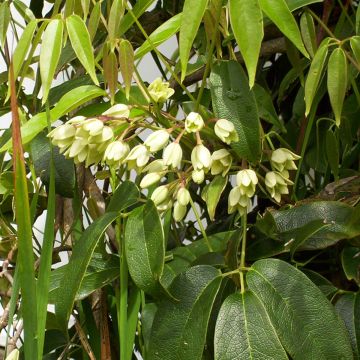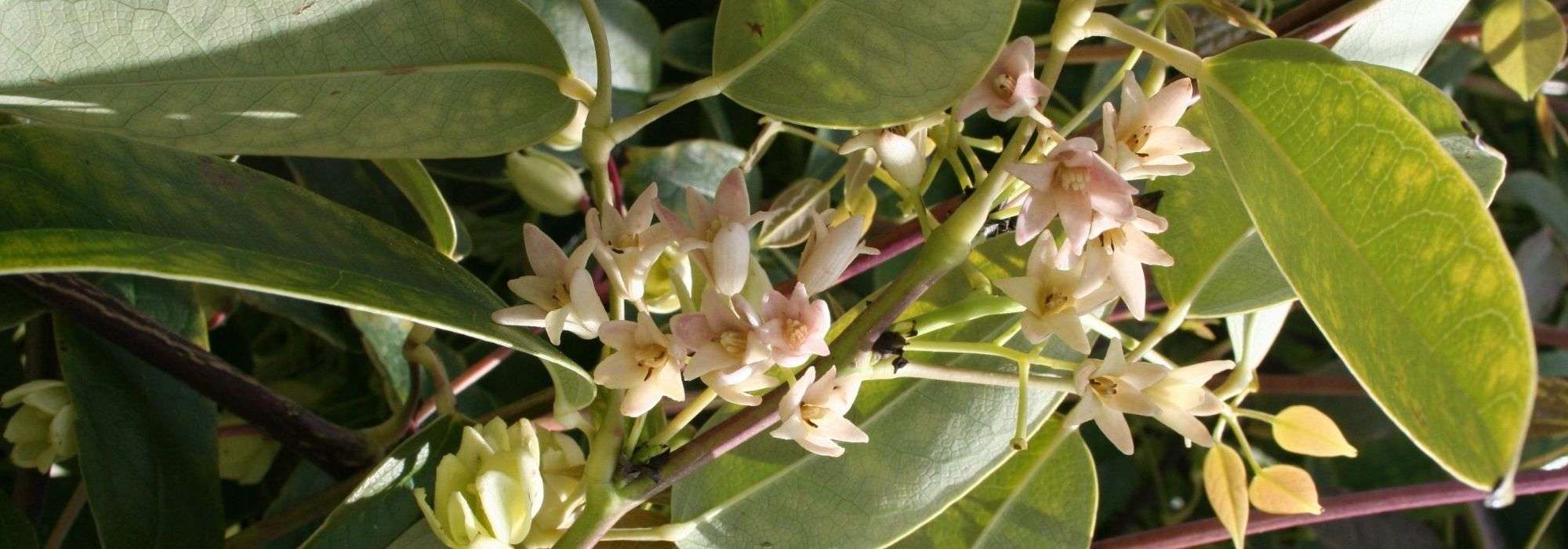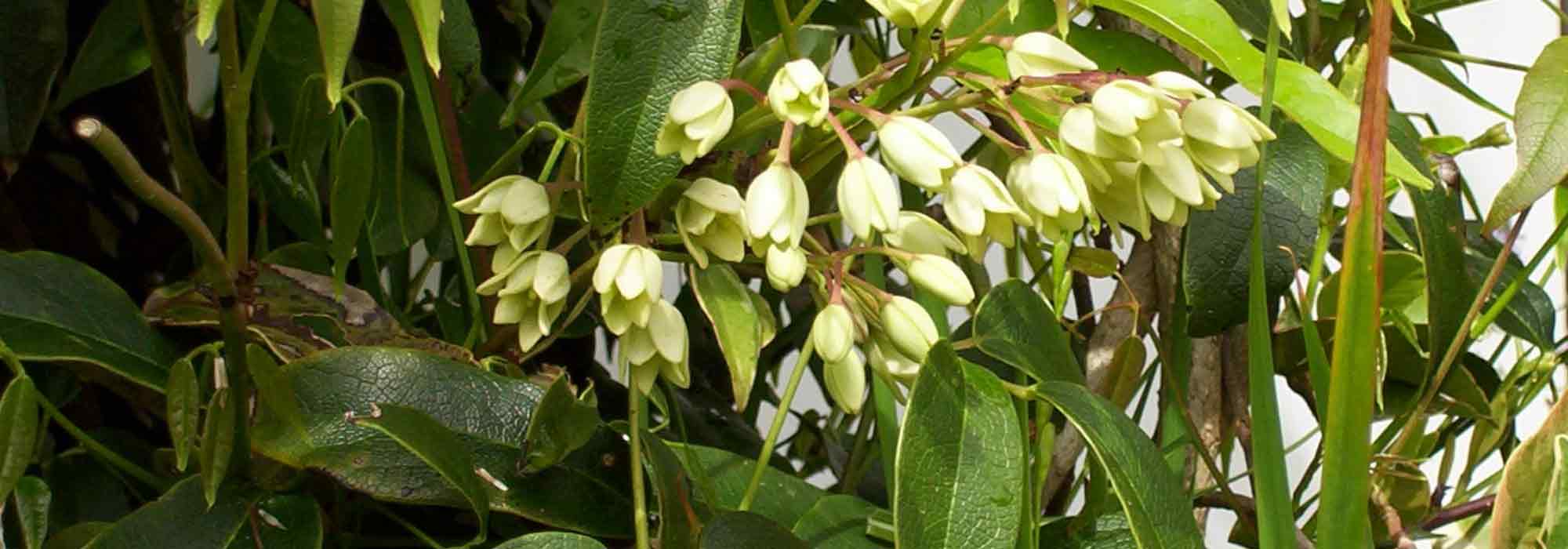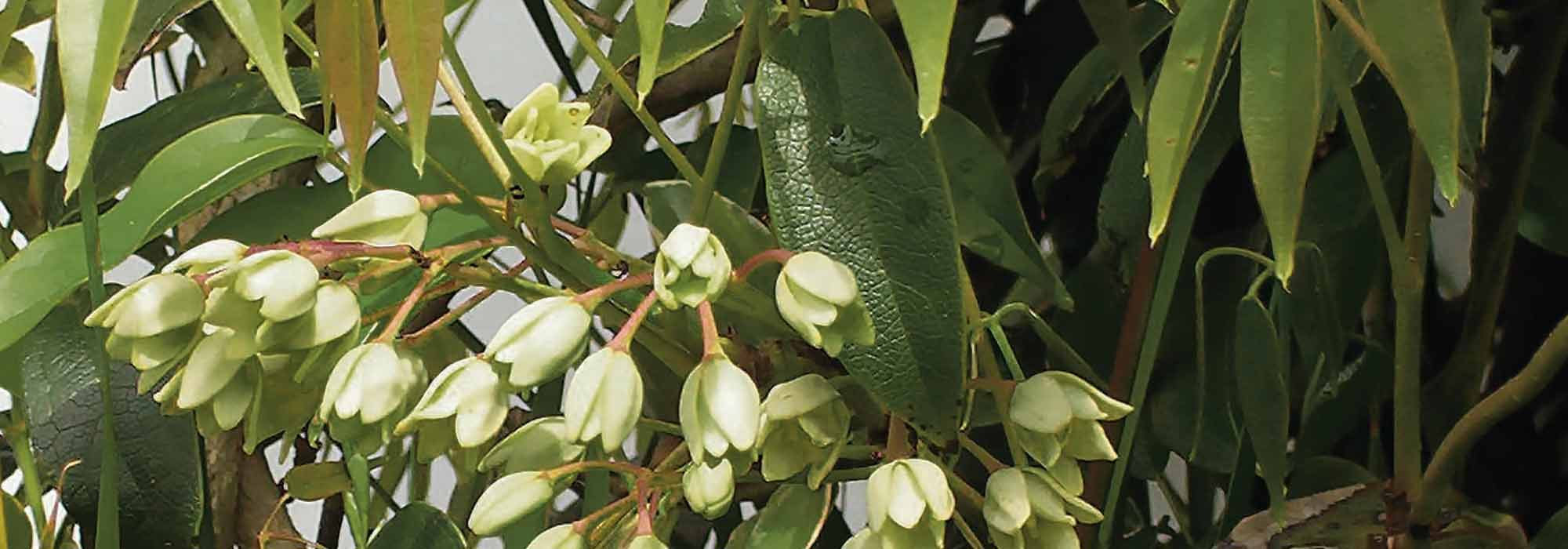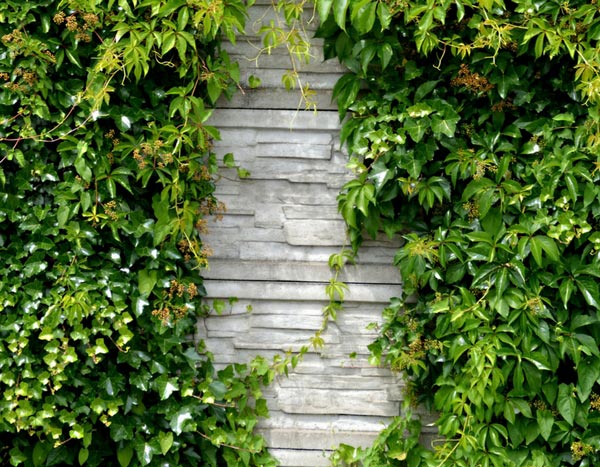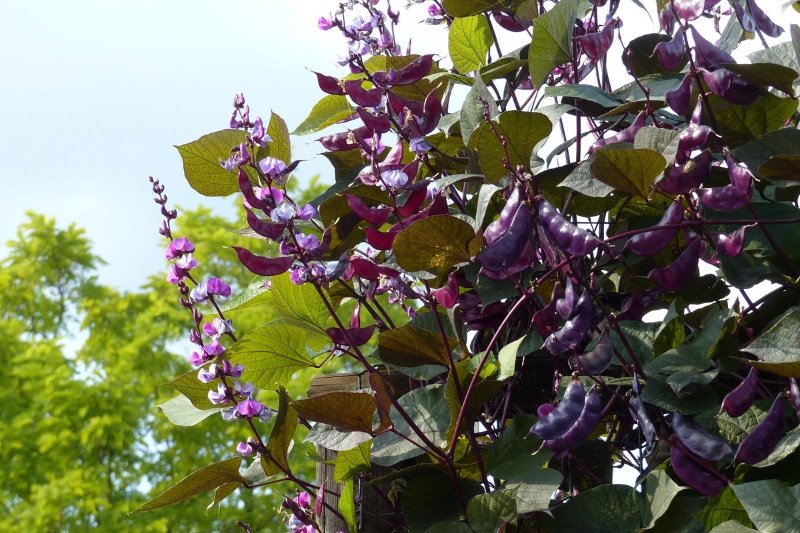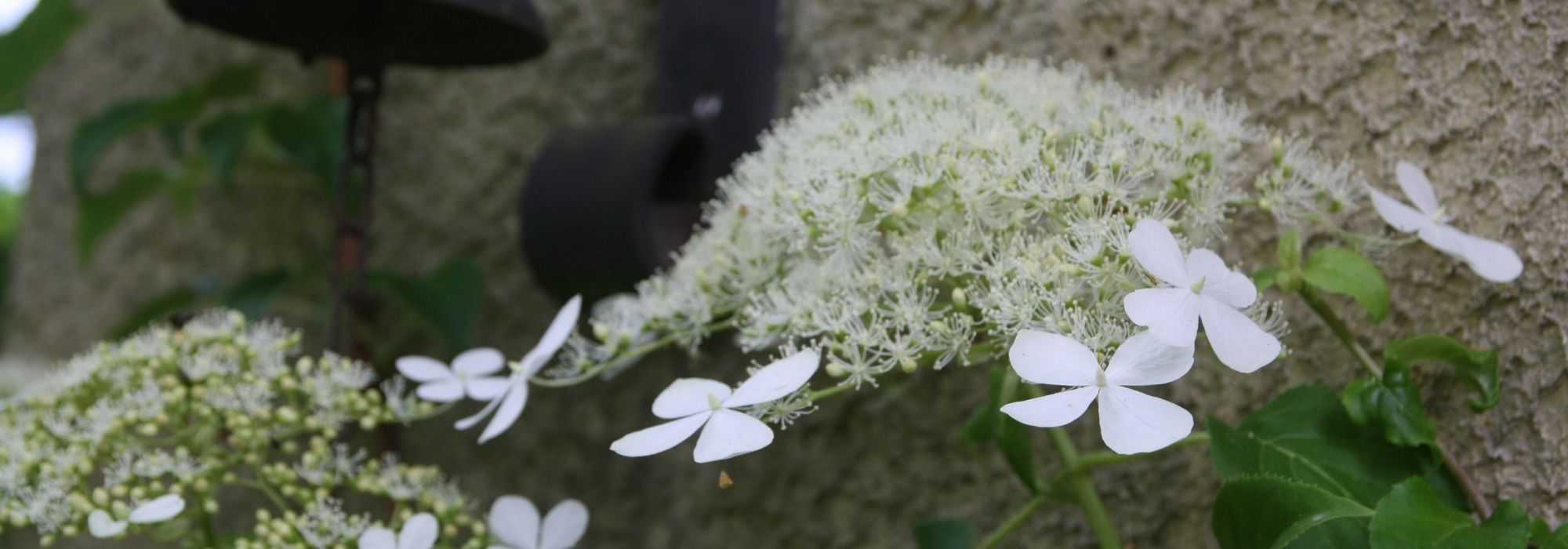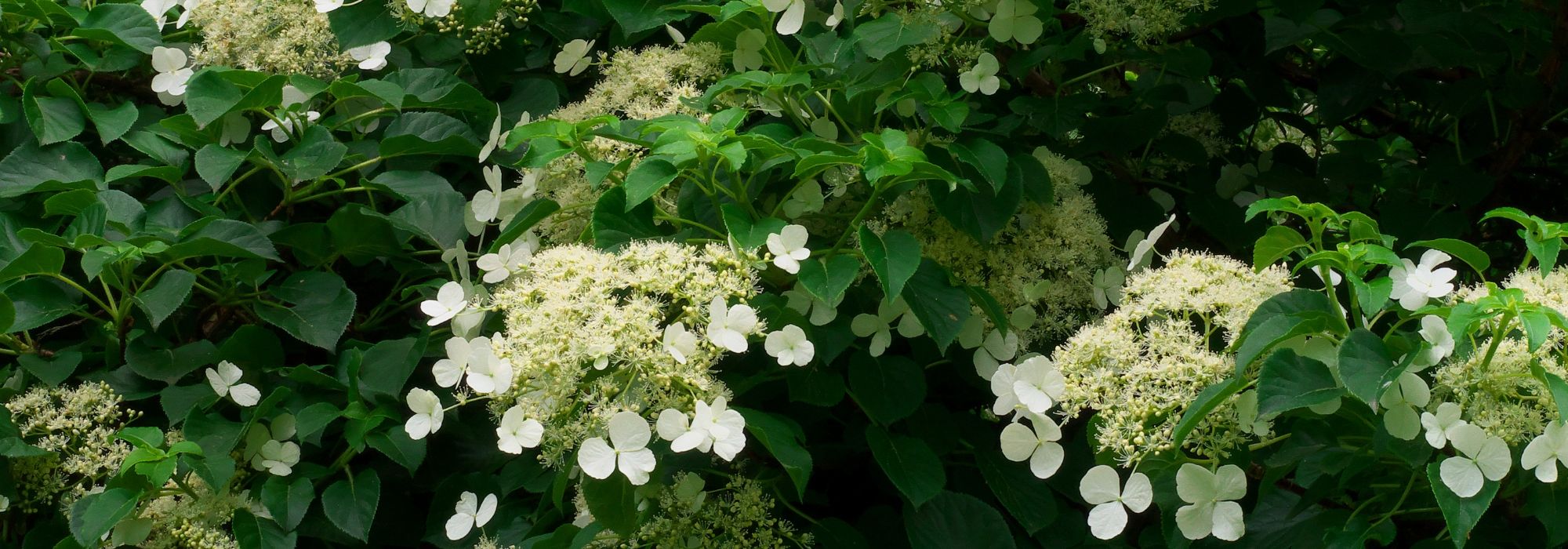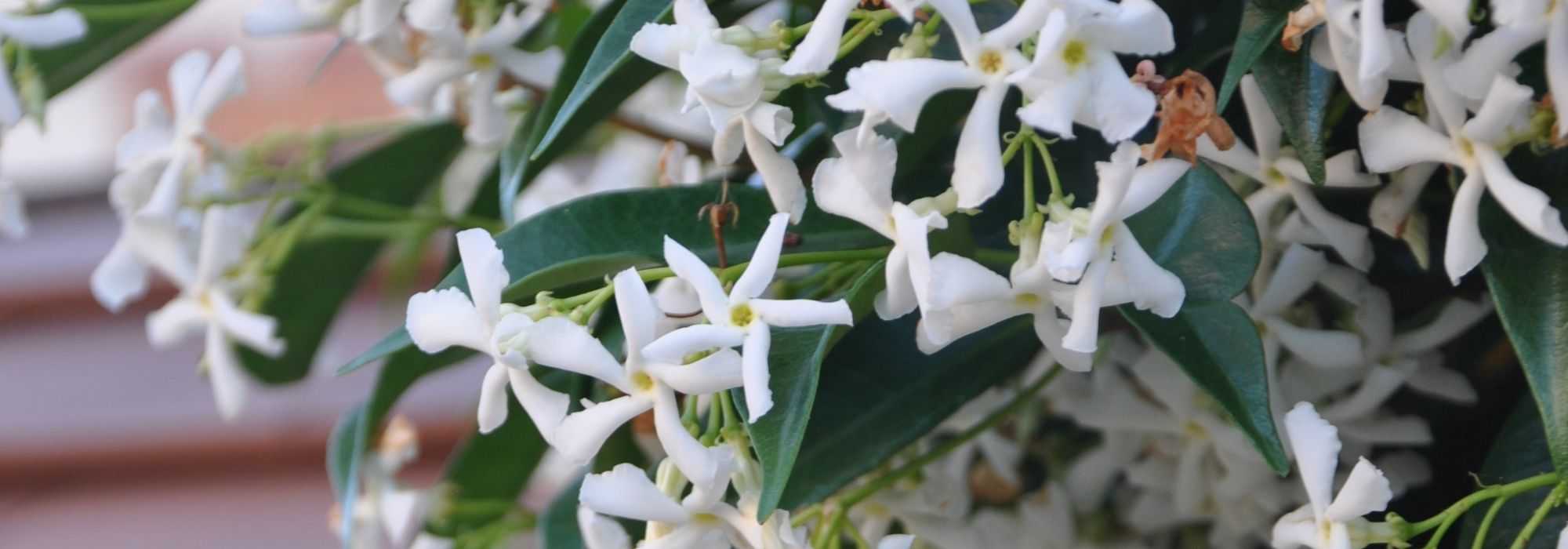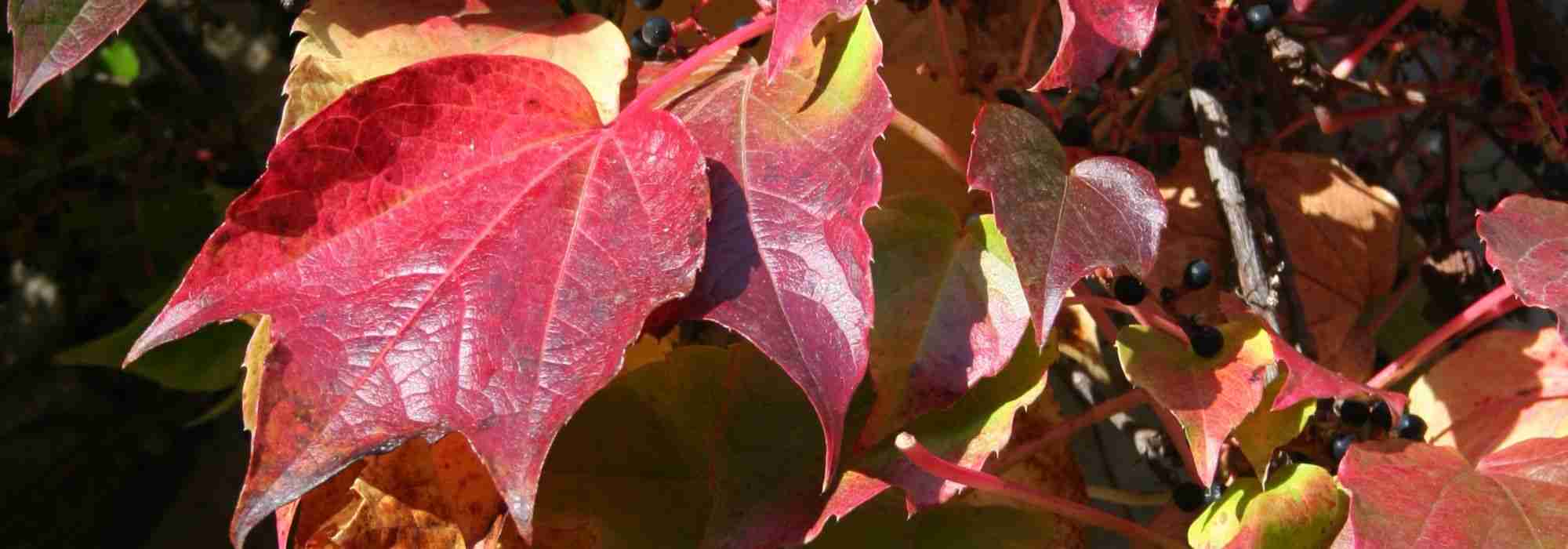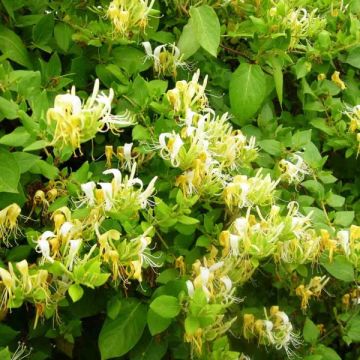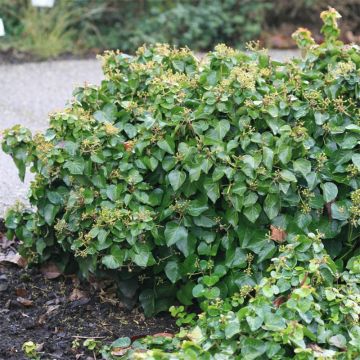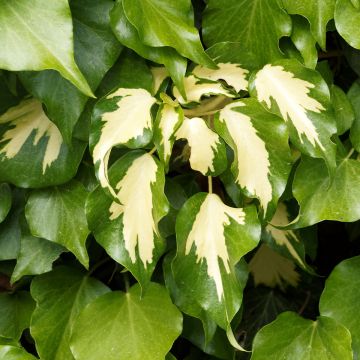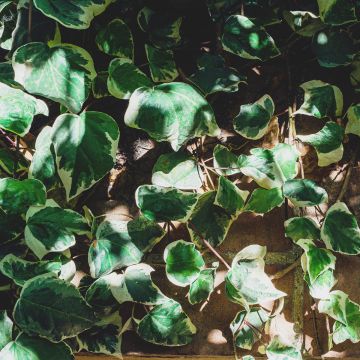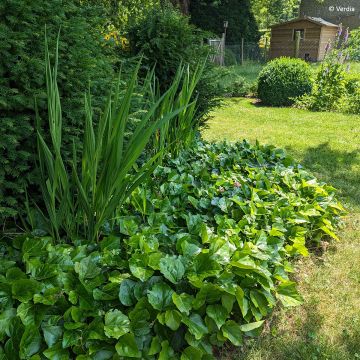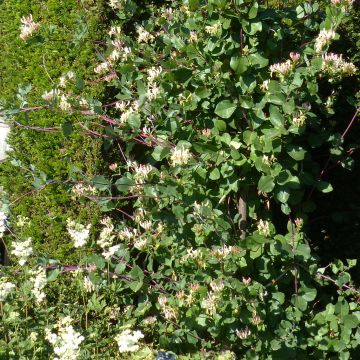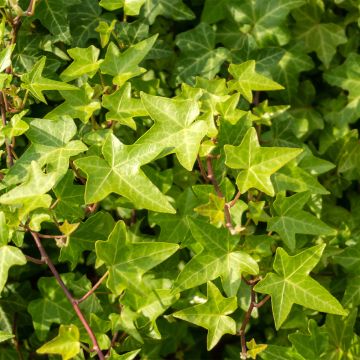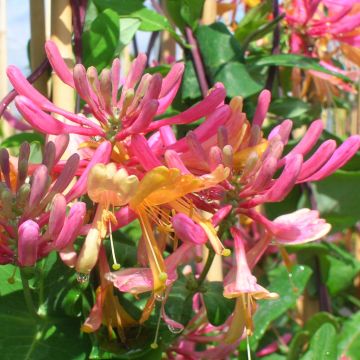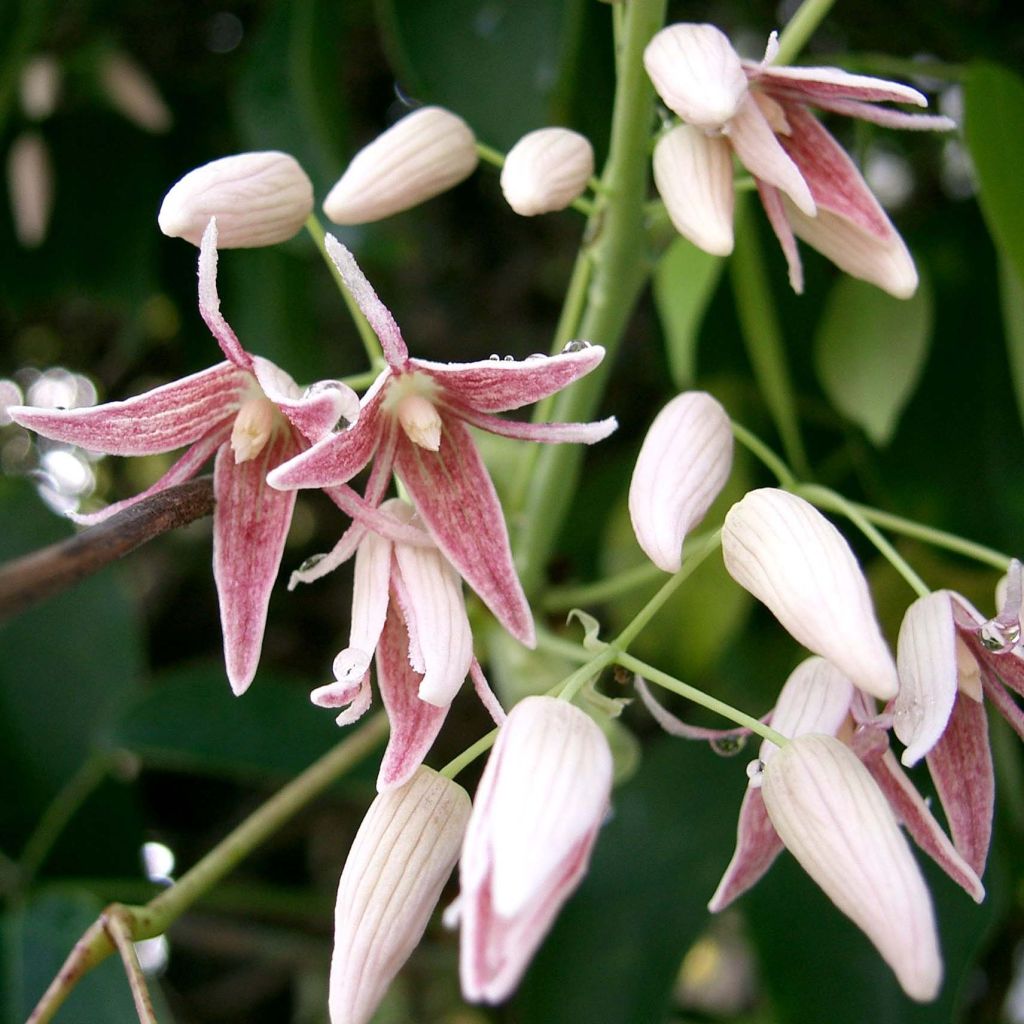

Stauntonia hexaphylla
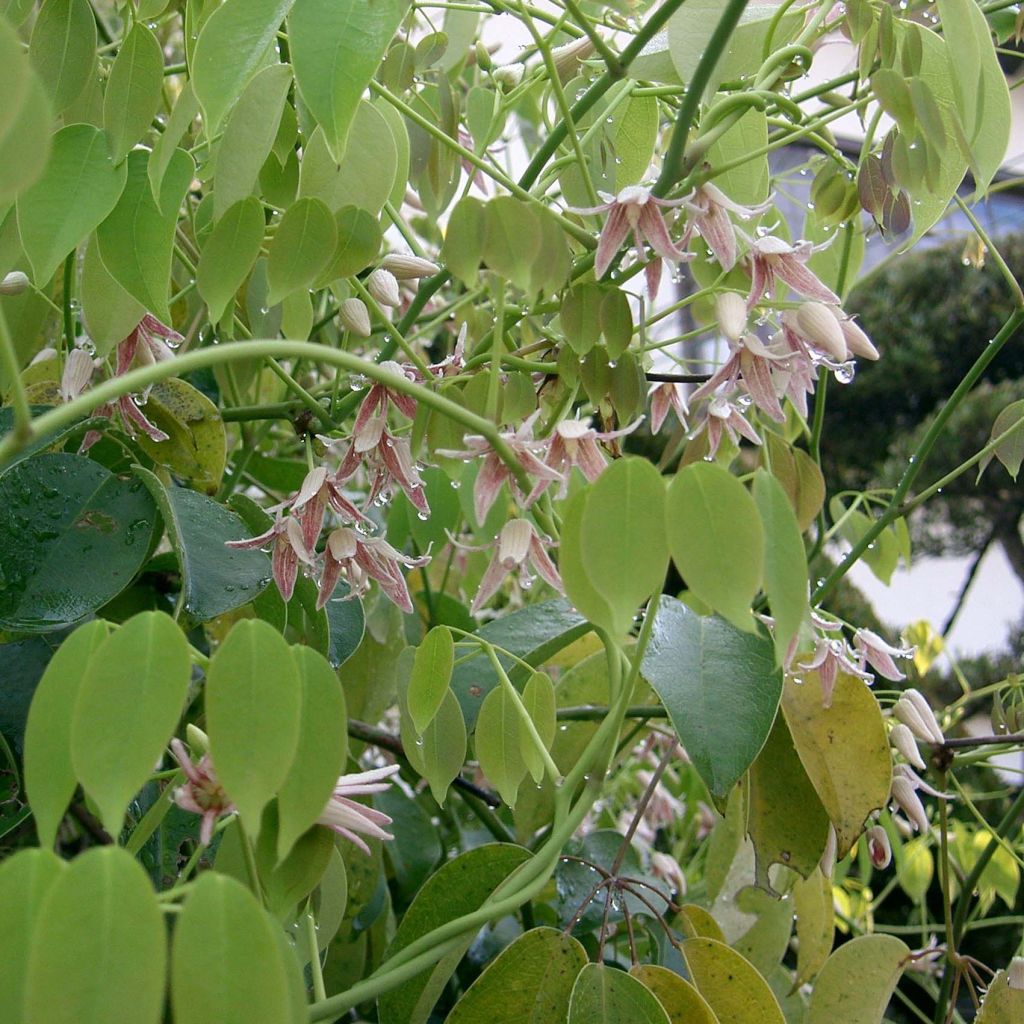

Stauntonia hexaphylla
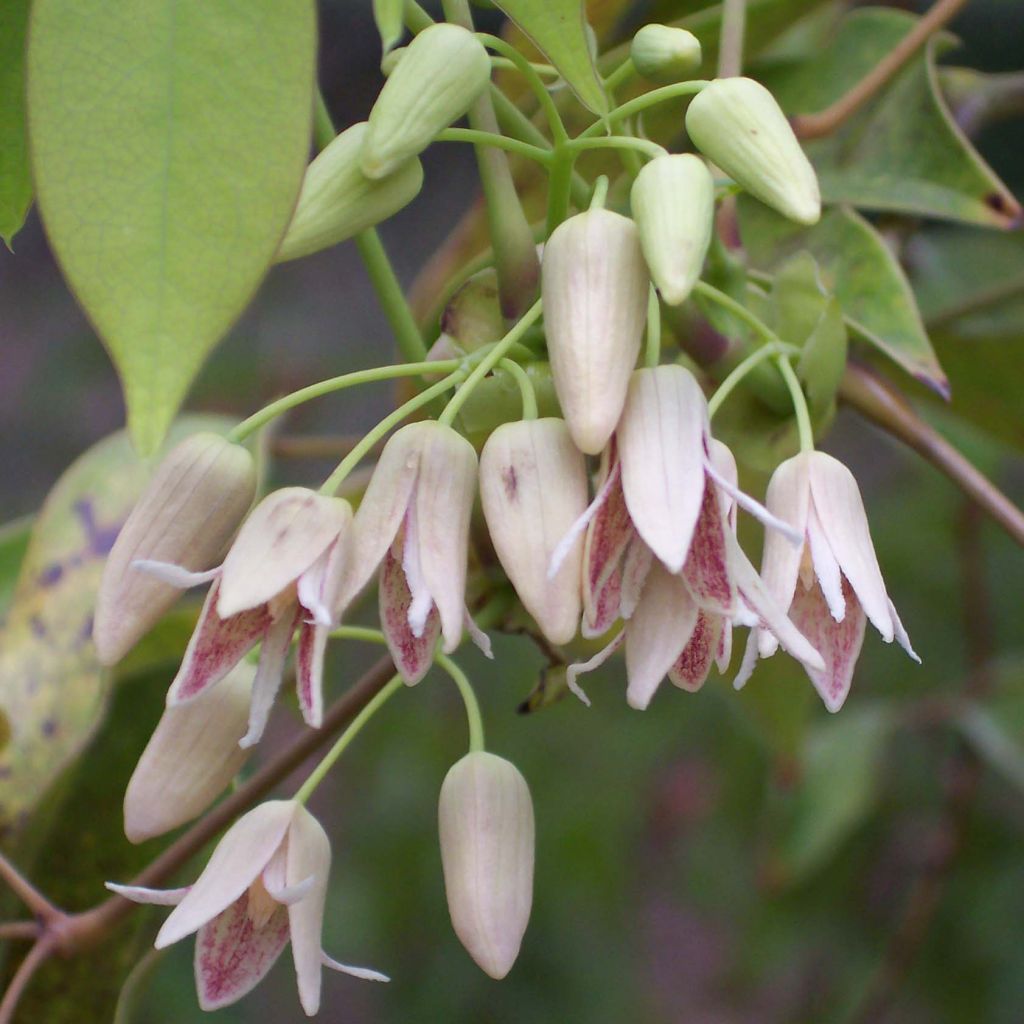

Stauntonia hexaphylla
Stauntonia hexaphylla
Stauntonia hexaphylla
Japanese staunton vine, lance-leafed staunton vine ,Stauntonia Vine,
Well-packaged plant, not very large indeed. Once planted, it grew 40 cm (16in) in three weeks. Can't wait for the flowers!
olivier, 19/04/2020
Special offer!
Receive a €20 voucher for any order over €90 (excluding delivery costs, credit notes, and plastic-free options)!
1- Add your favorite plants to your cart.
2- Once you have reached €90, confirm your order (you can even choose the delivery date!).
3- As soon as your order is shipped, you will receive an email containing your voucher code, valid for 3 months (90 days).
Your voucher is unique and can only be used once, for any order with a minimum value of €20, excluding delivery costs.
Can be combined with other current offers, non-divisible and non-refundable.
Why not try an alternative variety in stock?
View all →This plant carries a 6 months recovery warranty
More information
We guarantee the quality of our plants for a full growing cycle, and will replace at our expense any plant that fails to recover under normal climatic and planting conditions.
Does this plant fit my garden?
Set up your Plantfit profile →
Description
The Stauntonia hexaphylla is a luxuriant and evergreen climbing plant that is suitable for most temperate climates. This Japanese and Korean species is distinguished by its beautiful lobed foliage, which is a shiny dark green, somewhat reminiscent of chestnut or Akebia leaves. Its extraordinary, scented spring flowering takes the form of small white-cream bell-shaped flowers that turn violet over time. A few edible, juicy and purple fruits are produced during the hottest summers. This exuberant plant will bring an exotic touch and a lot of character to shaded areas of the garden.
The Stauntonia hexaphylla belongs to the family Lardizabalaceae. This climbing plant is monoecious (with male and female flowers on single plants) and originates from southern Japan and Korea, where it grows in dense forests at low altitudes. It is an evergreen woody vine that can reach a height of 10m (33ft) and a width of 3 to 4m (10 to 13ft). Its growth is rapid. The young branches and stems are green and striated, while the older branches are covered in rough grey-brown bark. Its leaves are compound, consisting of 6-7 ovate to elliptical leaflets, measuring 6 to 10cm (2 to 4in) in length and 2.5 to 4.5cm (1 to 2in) in width, each carried by a long petiole. They are amber-coloured in spring, dark greenish-blue, glossy, and have a leathery appearance. This plant produces either male or female flowers at the beginning of spring, which have different appearances. The female flowers are whitish-green, with slightly striated purple sepals, while the male flowers are more colourful. They are all deliciously scented and appear as campanulate bell-shaped flowers measuring 4cm (2in) in length, composed only of sepals with a waxy texture. The flowers are grouped in clusters. The flowering is followed, in warm climates, by the formation of a few purple fruits in autumn, measuring 5 to 6cm (2in) in length, oval and verrucate, which are edible and highly valued in Japan.
The Stauntonia hexaphylla transports the gardener, through its fragrance, to distant horizons, and if allowed, it will vigorously climb to the tops of trees, perfuming a whole area of the garden and extending beyond fences. It requires a very sheltered position under most temperate climates, although some reliable sources have observed that it can tolerate temperatures as low as -8°C (17.6°F). By training the voluble stems as they grow, this shade-loving plant can be used to cover a garden shelter, a shaded pergola, a large north-facing wall, or even an imposing tree that may look a bit sad in winter, such as a cedar. However, its strong personality and vigour allow for few associations with other climbers, except perhaps for a pairing with a Clematis terniflora or vitalba, which have a very wild appearance.
Stauntonia hexaphylla in pictures
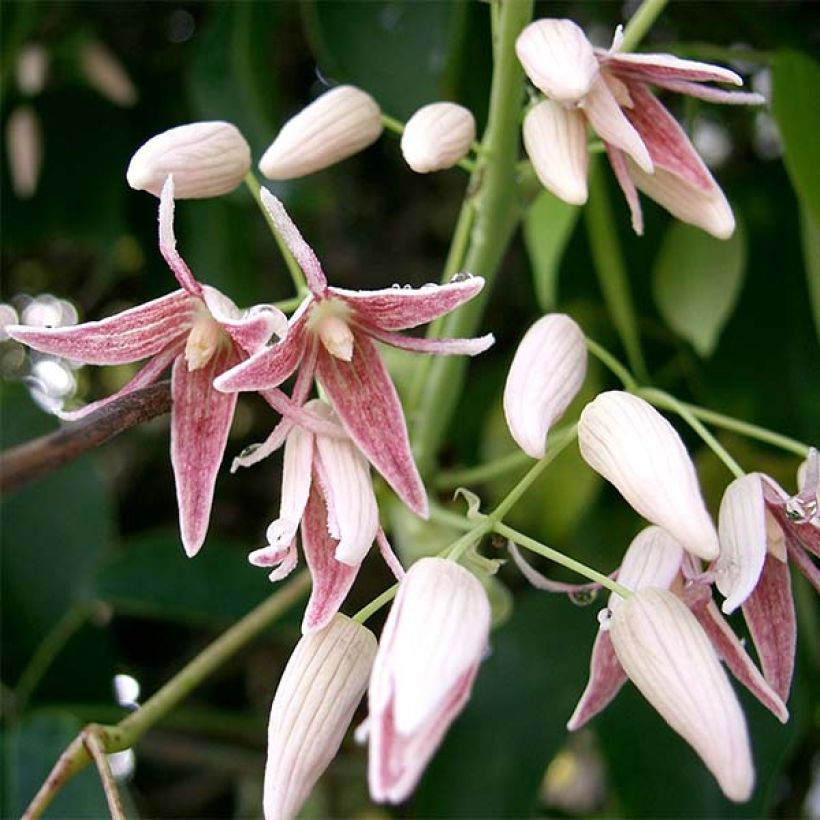

Plant habit
Flowering
Foliage
Botanical data
Stauntonia
hexaphylla
Lardizabalaceae
Japanese staunton vine, lance-leafed staunton vine ,Stauntonia Vine,
Southeast Asia
Other Holboellia
View all →Planting and care
Install the Stauntonia hexaphylla in a semi-shaded or shaded area in a warm climate, well sheltered and protected from prevailing winds. A plant that has been in the ground for several years will better withstand the cold (up to -8°C (17.6°F) at its lowest). This species seems to tolerate relative drought better once well established. Plant it in a well-drained, fertile and humus-rich soil, low in limestone and remaining fairly moist. Train as the plant grows. Water regularly, especially in hot and dry weather. The Stauntonia does not require any particular pruning, but you can trim it to contain its vigorous growth. A tip: prune the young shoots to just 2 or 3 leaves, as that's where the flowers for the following year will appear!
Planting period
Intended location
Care
Planting & care advice
-
, onOrder confirmed
Reply from on Promesse de fleurs
Similar products
Haven't found what you were looking for?
Hardiness is the lowest winter temperature a plant can endure without suffering serious damage or even dying. However, hardiness is affected by location (a sheltered area, such as a patio), protection (winter cover) and soil type (hardiness is improved by well-drained soil).

Photo Sharing Terms & Conditions
In order to encourage gardeners to interact and share their experiences, Promesse de fleurs offers various media enabling content to be uploaded onto its Site - in particular via the ‘Photo sharing’ module.
The User agrees to refrain from:
- Posting any content that is illegal, prejudicial, insulting, racist, inciteful to hatred, revisionist, contrary to public decency, that infringes on privacy or on the privacy rights of third parties, in particular the publicity rights of persons and goods, intellectual property rights, or the right to privacy.
- Submitting content on behalf of a third party;
- Impersonate the identity of a third party and/or publish any personal information about a third party;
In general, the User undertakes to refrain from any unethical behaviour.
All Content (in particular text, comments, files, images, photos, videos, creative works, etc.), which may be subject to property or intellectual property rights, image or other private rights, shall remain the property of the User, subject to the limited rights granted by the terms of the licence granted by Promesse de fleurs as stated below. Users are at liberty to publish or not to publish such Content on the Site, notably via the ‘Photo Sharing’ facility, and accept that this Content shall be made public and freely accessible, notably on the Internet.
Users further acknowledge, undertake to have ,and guarantee that they hold all necessary rights and permissions to publish such material on the Site, in particular with regard to the legislation in force pertaining to any privacy, property, intellectual property, image, or contractual rights, or rights of any other nature. By publishing such Content on the Site, Users acknowledge accepting full liability as publishers of the Content within the meaning of the law, and grant Promesse de fleurs, free of charge, an inclusive, worldwide licence for the said Content for the entire duration of its publication, including all reproduction, representation, up/downloading, displaying, performing, transmission, and storage rights.
Users also grant permission for their name to be linked to the Content and accept that this link may not always be made available.
By engaging in posting material, Users consent to their Content becoming automatically accessible on the Internet, in particular on other sites and/or blogs and/or web pages of the Promesse de fleurs site, including in particular social pages and the Promesse de fleurs catalogue.
Users may secure the removal of entrusted content free of charge by issuing a simple request via our contact form.
The flowering period indicated on our website applies to countries and regions located in USDA zone 8 (France, the United Kingdom, Ireland, the Netherlands, etc.)
It will vary according to where you live:
- In zones 9 to 10 (Italy, Spain, Greece, etc.), flowering will occur about 2 to 4 weeks earlier.
- In zones 6 to 7 (Germany, Poland, Slovenia, and lower mountainous regions), flowering will be delayed by 2 to 3 weeks.
- In zone 5 (Central Europe, Scandinavia), blooming will be delayed by 3 to 5 weeks.
In temperate climates, pruning of spring-flowering shrubs (forsythia, spireas, etc.) should be done just after flowering.
Pruning of summer-flowering shrubs (Indian Lilac, Perovskia, etc.) can be done in winter or spring.
In cold regions as well as with frost-sensitive plants, avoid pruning too early when severe frosts may still occur.
The planting period indicated on our website applies to countries and regions located in USDA zone 8 (France, United Kingdom, Ireland, Netherlands).
It will vary according to where you live:
- In Mediterranean zones (Marseille, Madrid, Milan, etc.), autumn and winter are the best planting periods.
- In continental zones (Strasbourg, Munich, Vienna, etc.), delay planting by 2 to 3 weeks in spring and bring it forward by 2 to 4 weeks in autumn.
- In mountainous regions (the Alps, Pyrenees, Carpathians, etc.), it is best to plant in late spring (May-June) or late summer (August-September).
The harvesting period indicated on our website applies to countries and regions in USDA zone 8 (France, England, Ireland, the Netherlands).
In colder areas (Scandinavia, Poland, Austria...) fruit and vegetable harvests are likely to be delayed by 3-4 weeks.
In warmer areas (Italy, Spain, Greece, etc.), harvesting will probably take place earlier, depending on weather conditions.
The sowing periods indicated on our website apply to countries and regions within USDA Zone 8 (France, UK, Ireland, Netherlands).
In colder areas (Scandinavia, Poland, Austria...), delay any outdoor sowing by 3-4 weeks, or sow under glass.
In warmer climes (Italy, Spain, Greece, etc.), bring outdoor sowing forward by a few weeks.






























